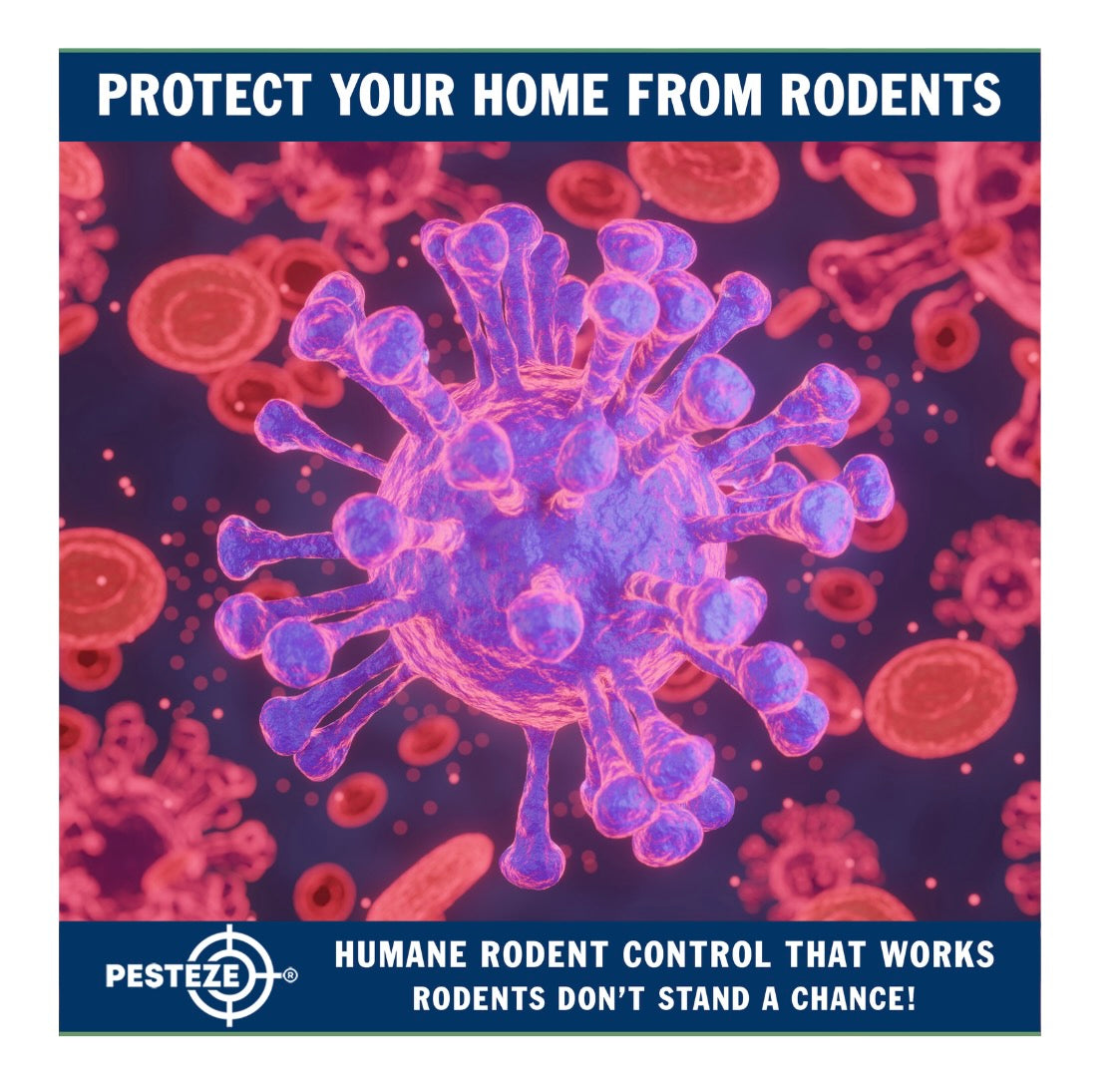RODENT-BORNE DISEASES IN THE U.S.: WHAT TO WATCH FOR

RODENT-BORNE DISEASES IN THE U.S.: WHAT TO WATCH FOR
SUMMARY
Rodents carry a variety of diseases that pose serious health risks in the United States. From hantavirus to leptospirosis, learn which rodent-borne illnesses are most common, how they spread, and how to protect your household.
FEATURES
-
Hantavirus: Spread through rodent droppings and urine, can cause severe respiratory illness.
-
Leptospirosis: Bacteria found in rodent-contaminated water, causes flu-like symptoms and liver damage.
-
Salmonella: Carried by rodents and transmitted via contaminated food or surfaces.
-
Rat-Bite Fever: Transmitted through bites or contact with rodent saliva and urine.
-
Lymphocytic Choriomeningitis Virus (LCMV): Spread by house mice, can affect the brain and nervous system.
-
Plague: Rare but still present in some U.S. regions, spread by fleas from infected rodents.
DESCRIPTION
Rodents may seem like a minor nuisance, but in the United States, they are known carriers of several potentially serious diseases. These illnesses can spread through direct contact with rodents, their droppings, urine, or saliva—and in some cases, through flea or tick bites.
Hantavirus is one of the most well-known rodent-borne diseases. Found primarily in deer mice, it can cause Hantavirus Pulmonary Syndrome (HPS), a severe respiratory condition. People become infected by inhaling dust contaminated with rodent droppings, making cleanup of infested areas especially risky without proper precautions.
Leptospirosis is another dangerous illness linked to rodents. The bacteria can be found in water contaminated with infected rodent urine and may enter the body through cuts or mucous membranes. Symptoms include fever, vomiting, and muscle pain, but in severe cases, it can lead to liver or kidney failure.
Salmonella infections can occur when rodents contaminate food preparation surfaces or packaged goods. Ingesting the bacteria leads to gastrointestinal distress and is especially dangerous for children and the elderly.
Rat-bite fever, although uncommon, is another threat. It’s transmitted through bites or exposure to rodent saliva or urine. Symptoms often resemble the flu, but if left untreated, it can result in serious complications such as abscesses, pneumonia, or meningitis.
The Lymphocytic Choriomeningitis Virus (LCMV), primarily spread by house mice, can lead to serious neurological symptoms, particularly in individuals with weakened immune systems or pregnant women, as it poses risks to unborn babies.
Finally, while rare, the plague—yes, the same one from medieval times—still exists in parts of the southwestern U.S. It is transmitted by fleas that feed on infected rodents and can be fatal if not treated promptly with antibiotics.
To reduce your risk, always clean rodent-infested areas with protective gear and proper disinfectants, secure food storage, and seal entry points in your home. For homes with repeated rodent issues, a pest control professional can help establish long-term prevention strategies.
- Nikita Gulrajani


Comments 0